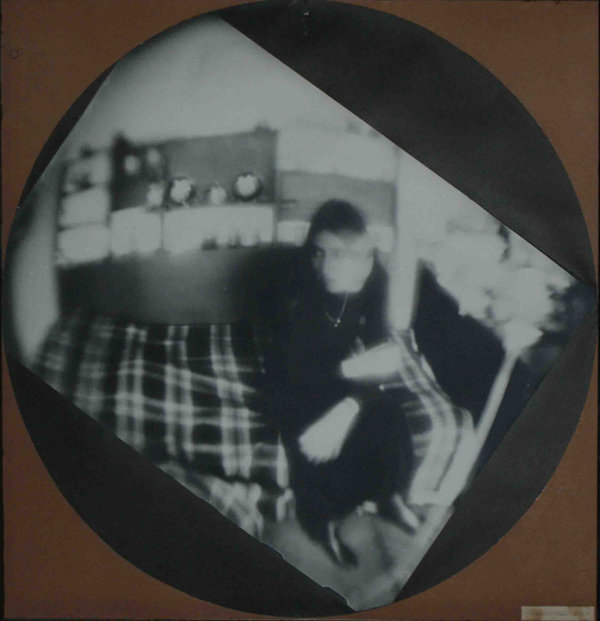Ion Grigorescu
dal 10/6/2010 al 3/9/2010
Segnalato da
10/6/2010
Ion Grigorescu
Galerija Gregor Podnar, Berlin
The exhibition 'Oedipus the Wanderer' may be regarded as a synthesis which underscores the most important vectors structuring Ion Grigorescu's activity since the beginning of his career: a conceptual approach that de-emphasizes the visual and material importance of the artwork, coupled with the surrealist drive to expose the workings of the unconscious by resorting to psychoanalysis. Grigorescu displays a remarkable continuity in his artistic preoccupations and ethical engagement.

Galerija Gregor Podnar is pleased to announce the first solo show in Berlin of Bucharest-based artist Ion Grigorescu. “Oedipus the Wanderer” presents a selection of his video work, along with recent works on paper.
The exhibition “Oedipus the Wanderer” may be regarded as a synthesis which underscores the most important vectors structuring Ion Grigorescu’s activity since the beginning of his career: a conceptual approach that de-emphasizes the visual and material importance of the artwork, coupled with the surrealist drive to expose the workings of the unconscious by resorting to psychoanalysis. As an artist who preserved his moral integrity throughout Romania’s darkest period under Ceaușescu and during the turbulent aftermath of the 1989 Revolution, Grigorescu displays a remarkable continuity in his artistic preoccupations and ethical engagement.
Grigorescu’s texts are like a nouveau-roman impersonal and meticulous enumeration of objects and situations: there is no beginning nor end, no narrative unfolding, articulating a type of speech that finds a correspondent in the ramblings of the film camera – the watchful and yet aloof companion on his walks, acting as an extension of the artist’s subjectivity. Grigorescu often chose to record on film, albeit clandestinely, a disjointed reality, like the one seen in Earthquake (1977), a disturbing 8 mm film in which the devastated landscape of Bucharest seems to reiterate a condition of perpetual destruction that marks the history of the place.
The theme of the ruin is a constant thread in Grigorescu’s work. It appears as an explicit subject of investigation – like the photos of demolished houses or the objects fabricated out of their recovered detritus –, but the ruin also denotes in his case a conceptual and existential attitude. The artist sees the house in ruins as a symbolic representation of the Oedipus complex, and the myth of Oedipus forms the subject of a filmed performance that is presented in the exhibition. In his interpretation of the story, the children are the ones freeing the city from the Sphinx, while the blinded and suffering Oedipus is eventually saved by his faith. In another video, Grigorescu appears like a Sisyphus, raising and dismantling a scaffold in a church, preparing to paint or retouch its vault – a repetitive, simple action that is consistent with his view about the humbleness and even futility of his art, an art that, for him, is nonetheless of the same substance as life itself.
Text by Magda Radu
Image: Mariuca Iosifescu I, 1973, B/W photograph, 45 x 45 cm
Opening 11 June 2010
Galerija Gregor Podnar
Lindenstrasse 35, Berlin
Opening hours Tue - Sat 11 a.m. - 6 p.m.
free admission



